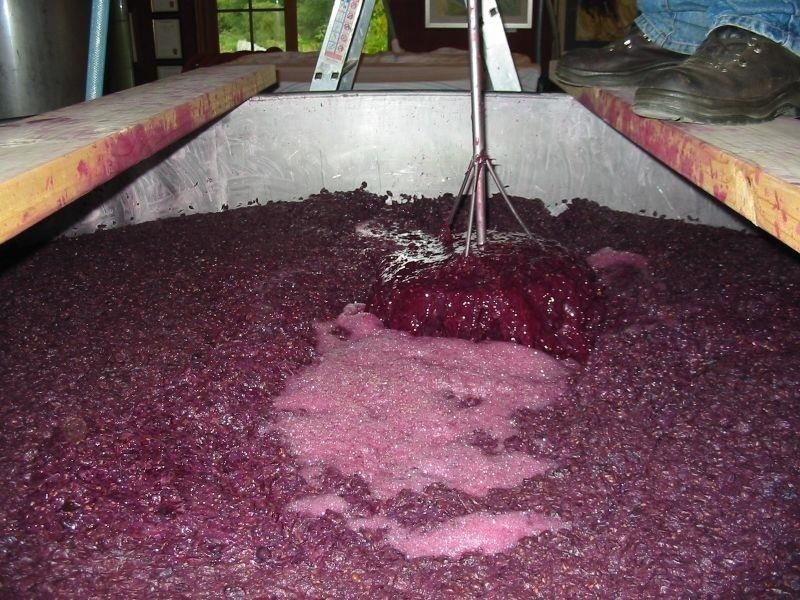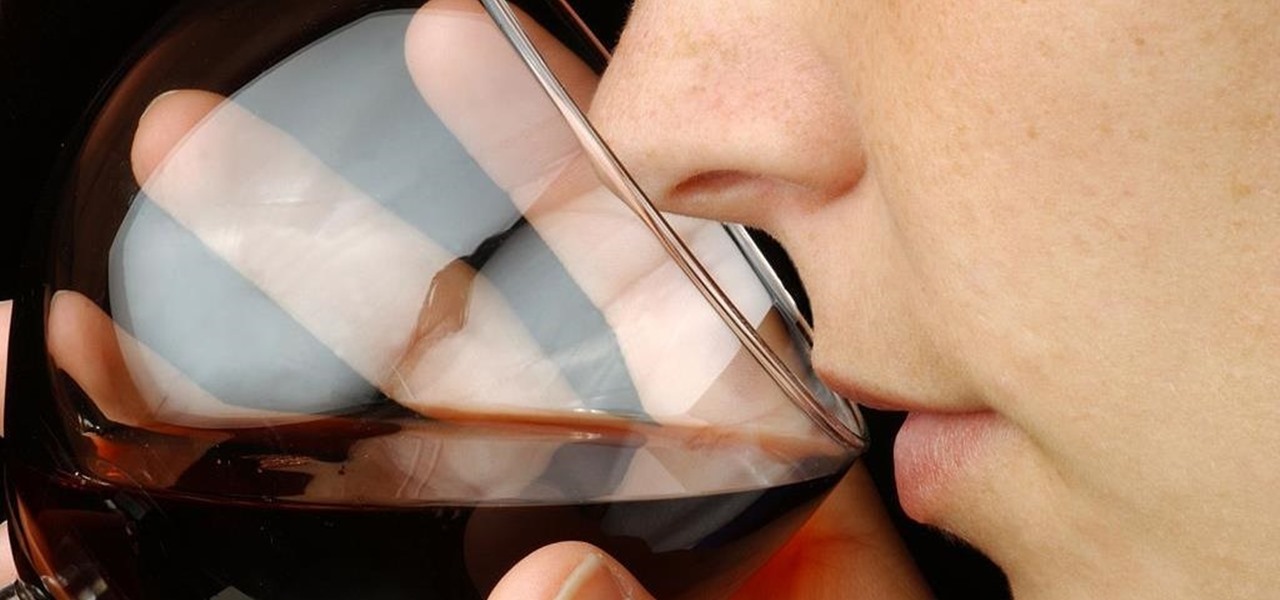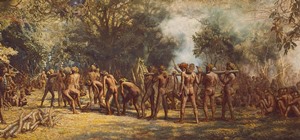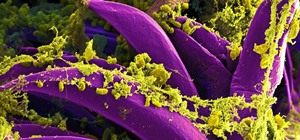Ah, wine. The bouquet fills your nose. The rich finish fills your mouth with soft flavors of oak and raspberries. The wine warms your belly and soothes your mind. Yeast and their biochemical factory help create this feast for your senses. Thanks to a research group from France, we now have a little more information on how that process works and a little more appreciation for yeast's contribution.
Grape juice fermentation by yeast doesn't just change sugar and fruit into alcohol. The yeast also uses nitrogen in the juice to form flavor compounds that make up the wine's unique taste. The process has been studied in the lab, but little is known on how the process works when nitrogen is provided in a mixture like grape must—the freshly mashed grapes that are the basis for wine.
The researchers found that the yeasts used a flexible system of both nitrogen generation and nitrogen utilization that ensured they had the element when and where they needed it. Their findings were published online in the journal Applied and Environmental Microbiology.
"Our research will be useful to better control fermentation, and the sensory quality of wines," study researcher Carole Camarasa, of the National Institute of Agricultural Research in France, said in a press release from the American Society for Microbiology, publisher of the journal.
She is hopeful that the knowledge will lead to ways to increase the efficiency of fermentation, that will, in turn, improve the qualities of taste, smell, mouth feel, and appearance of wine.
How Yeast Work Their Magic
The oldest remnants of winemaking found so far were unearthed in an ancient village in the country of Georgia—where the artifacts have been estimated to be over 6,000 years old.
In the simplest of terms, wine is made when a yeast called Saccharomyces cerevisiae converts sugar—usually from grapes, and also added sugar—into ethanol and carbon dioxide. The process continues until the sugar is used up or the alcohol concentration reaches 14-18%, a concentration that kills the yeast.

Parts of winemaking—the type of grapes, the amount of sugar, the strain of yeast used, and how long fermentation goes on—can be varied to try to produce different flavors and different concentrations of alcohol. It is as much an art form as a science.
Compounds other than alcohol and carbon dioxide that are made by the yeast during the process are referred to collectively as congeners—amines, amides, acetones, polyphenols, methanol, histamine, and higher chain alcohols such as isopentanol, which are a subcategory of congeners called fusel oils. Fusel oils are credited with flavor—and the hangover of some wines and alcohols.
Many of those congeners, including isopentanol, are formed from sugars and amino acids—the molecular components that make up proteins in the grapes. Nitrogen is an essential part of amino acids, which the yeast digest to provide nutrition that helps them perform their functions.
The appreciation of nitrogen in winemaking has not been lost, but scientists thought that yeast simply used nitrogen to produce amino acids, proteins, and congeners during the fermentation process. But what happens in a test tube is not always what happens in the real world, so the researchers created a fermentation system in the lab that provided the same nitrogen sources from ammonium and amino acids that mashed grapes provide during winemaking.
In the new study, the researchers added nitrogen compounds, like ammonium chloride and animo acids, that were made with an heavy version of the nitrogen atom. They were able to track these atoms through the yeast's metabolic processes during winemaking. Using special detection equipment, they could tell when the nitrogen ended up in amino acids, proteins, or if it was turned into other nitrogen-containing compounds.
Instead of using the amino acids the yeast ingested to build proteins, the researchers saw that the yeast broke the amino acids down into a pool of nitrogen, which the yeast could store to use in building any number of the congeners, or specific amino acids needed during fermentation. During the fermentation process, nitrogens stripped off their amino acids and left carbon molecules that were incorporated into the higher chain alcohol congeners.
This flexible process provided the yeast with nitrogen available to use—instead of being stuck inside a protein—ready when they needed it for whichever process they needed it for.
The findings mean that winemakers can modify the amount of nitrogen available for the yeast and "encourage" them to make more or less congeners during the process, changing the flavor profile of the wine. Changing the amount of nitrogen available to yeast gives more tools to the winemaking artists, opening up a whole new world of flavor for oenophiles, aka wine lovers.
Just updated your iPhone? You'll find new emoji, enhanced security, podcast transcripts, Apple Cash virtual numbers, and other useful features. There are even new additions hidden within Safari. Find out what's new and changed on your iPhone with the iOS 17.4 update.






























Be the First to Comment
Share Your Thoughts